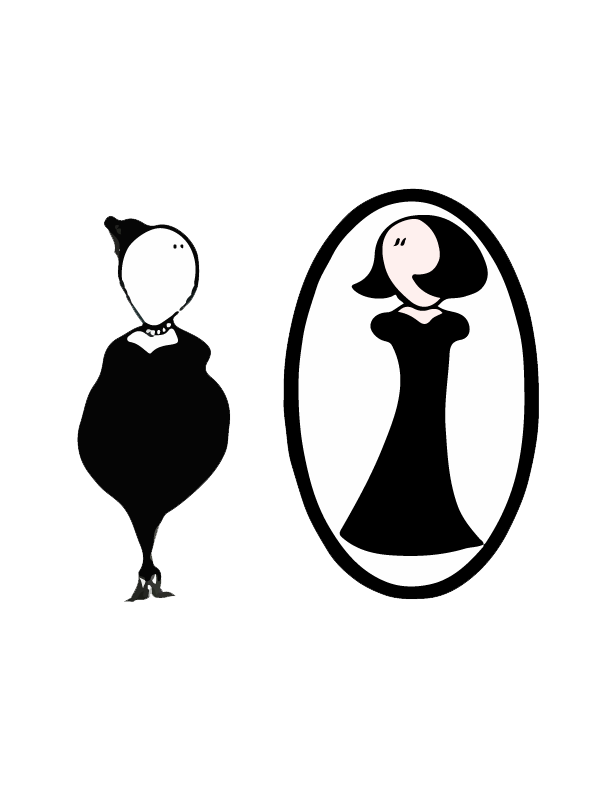Are you in your 40’s and noticed a few extra pounds around your waist? It’s not as easy to lose as it was in your twenties, is it? Here are a few tips if you have started to hit a plateau with your weight loss goals or are just trying to boost your metabolism/energy level.
Build Muscle: Your body constantly burns calories, even when you're doing nothing. This resting metabolic rate is much higher in people with more muscle. Every pound of muscle uses about 6 calories a day just to sustain itself, while fat burns only 2 calories daily. That small difference can add up over time. After a session of strength training, muscles are activated all over your body, raising your average daily metabolic rate.
Twice a week, do one or two sets of 12 to 15 repetitions on each major muscle group (abs, biceps, glutes, quads). You'll be doing more than just helping your metabolism. Your heart, bones, and even your mood will benefit. It's a win all around.
Step Up Your Workout: Aerobic exercise may not build big muscles, but it can rev up your metabolism in the hours after a workout. The key is to push yourself. High-intensity exercise delivers a bigger, longer rise in resting metabolic rate than low- or moderate-intensity workouts
Drink Plenty of Water: Your body needs water to process calories. If you are even mildly dehydrated, your metabolism may slow down. In one study, adults who drank eight or more glasses of water a day burned more calories than those who drank four. To stay hydrated, drink a glass of water or other unsweetened beverage before every meal and snack.
More Healthy Snacks: Eating more often can help you lose weight. When you eat large meals with many hours in between, your metabolism slows down between meals. Having a small meal or snack every 3 to 4 hours keeps your metabolism working, so you burn more calories over the course of a day. Several studies have also shown that high protein snacks throughout the day will decrease your hunger at dinnertime.
Spice It Up: Spicy foods have natural chemicals that can kick your metabolism into a higher gear. Cooking foods with a tablespoon of chopped red or green chili pepper can boost your metabolic rate.
The effect is temporary, but if you eat spicy foods often, the benefits may add up. For a quick boost, spice up pasta dishes, chili, and stews with red pepper flakes.
More Protein: Your body burns many more calories digesting protein than it does eating fat or carbohydrates. As part of a balanced diet, replacing some carbs with lean, protein-rich foods can boost metabolism at mealtime. Good sources of protein include lean beef, turkey, fish, white meat chicken, tofu, nuts, beans, eggs, and low-fat dairy products
Sip Some Black Coffee: If you're a coffee drinker, you probably enjoy the energy and concentration perks. Taken in moderation, one of coffee's benefits may be a short-term rise in your metabolic rate. Caffeine can help you feel less tired and even increase your endurance while you exercise.
Avoid Crash diets: Diets involving eating fewer than 1,200 ( woman) or 1,800 (man) calories a day -- are bad for anyone hoping to quicken their metabolism. Although these diets may help you drop pounds, that comes at the expense of good nutrition. This method will backfire, since you may lose muscle, which in turn will slow your metabolism. The final result is your body burns fewer calories and gains weight faster than before the diet.



